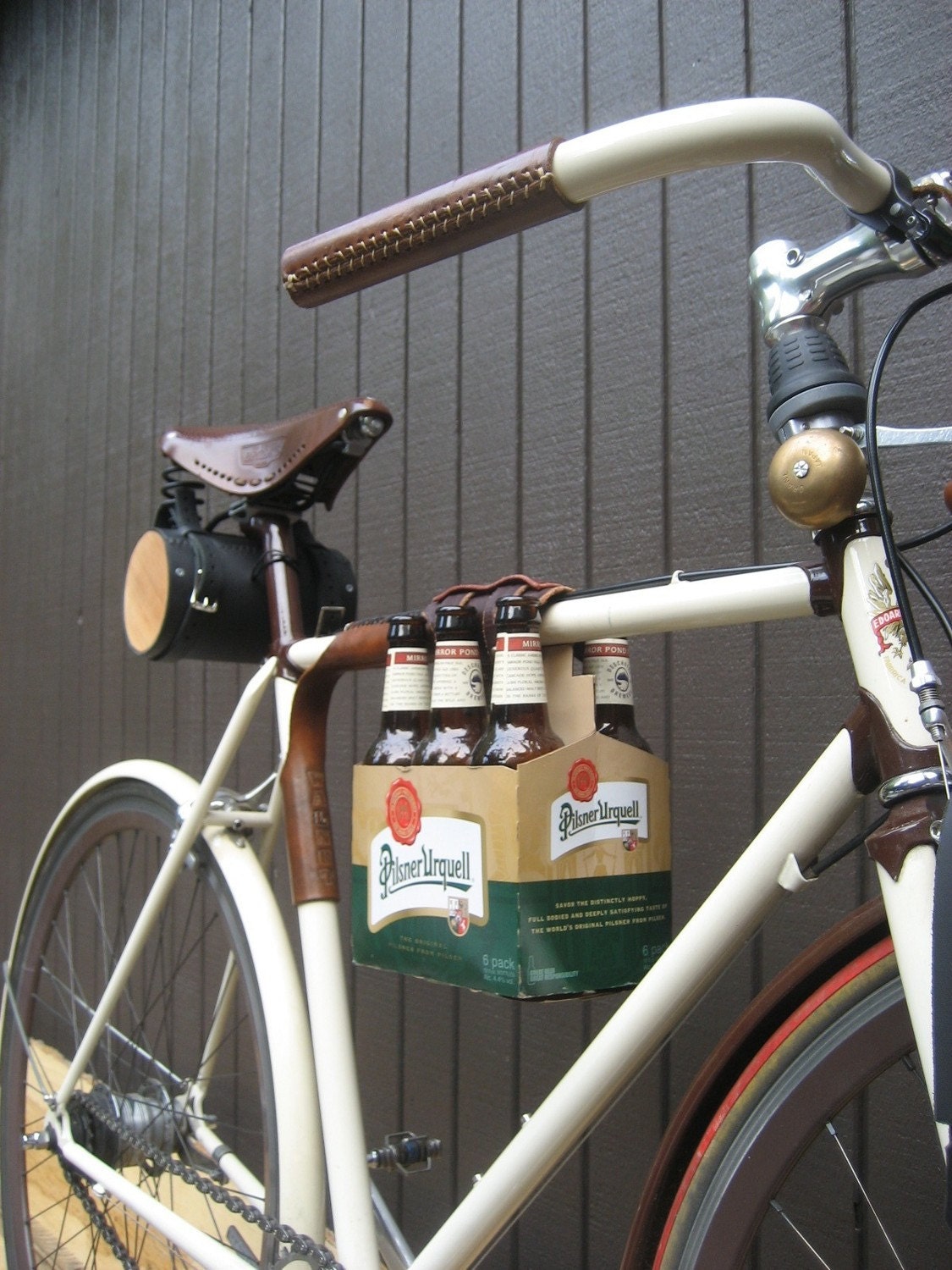By now many of you have seen SierraNevada's big green tall boys on the shelves of your local bottle
shop. Maybe you've been searching for some of that delicious GoldenRoad and only been able to find cans. No longer is the “Silver
Bullet” for tasteless macro brews and soda pop--its popularity
with the craft brewing community is growing everyday.
Much like the controversial “natural
cork vs synthetic” argument in the wine industry, canning has been
on the table of “flavor and tackiness” for some time now. What
are the arguments against canning and do they have any validity or
are they simply “old husbands tales”? I decided to do some
research and find out for myself.
 |
| c.2012 M. Mioduszewski. |

When I visited Oskar Blues Brewing out
in Colorado they walked me through the canning process explaining how
they ensure quality in flavor from the fermenting barrel to the can.
Much as with bottling, they fill the cans using a counter-flow CO2
displacement filler that pre-charges the cans with CO2
and then pours the beer in to push the CO2 out the top,
leaving a healthy foam head. Using a CO2 knife they cut
the head level to the top of the can and float the can top on it
before crimping it down. Unlike a bottle cap that is shaped more like
a dome leaving room for air, the can tops are flat leaving no room
between the carefully cured top and the foamy head. By keeping the
oxygen out they are keeping the beer fresher longer by effectively
preventing any oxidation.
As far as taste goes, canning seems to
be the best option for keeping all the good flavors in, and all the
bad flavors out of beer. Also, since oxygen is more limited in
canning than in bottling, the chances of your beer becoming oxidized
is decreased considerably. The other most obvious point to note is
that aluminum is impenetrable by sunlight--keeping those pesky UV
rays out of the beer. I think it's safe to say that canning is good
for the beer, and metal being an infinitely recyclable product it's
good for the earth too.
But wait there's more! I've heard many
a beer snob say “...but it looks tacky to drink out of a can!”
Don't worry I addressed this issue as well.
I consulted the co-founder of one of
the original can-only breweries in San Francisco: 21stAmendment's Shaun O'Sullivan, who complains “So many times I end up
talking more about the packaging than about the beer itself.” When
they first started production it seemed to them that canning being
environmentally sound and beer-safe was a no-brainer, but also that
it was perfect for people with an active lifestyle as well. “I want
to go sailing or hiking, not hauling a bunch of bottles with me
everywhere I go” says O'Sullivan, who points out the portability of
cans before and after the beer has been consumed. He also stresses
that unless you're out and about on an adventure, please kindly pour
your Monk's Blood into the appropriate glassware because “a can is
just a small keg, not always a drinking vessel” and we all love
beer from kegs!

+052.JPG)










+052.JPG)



